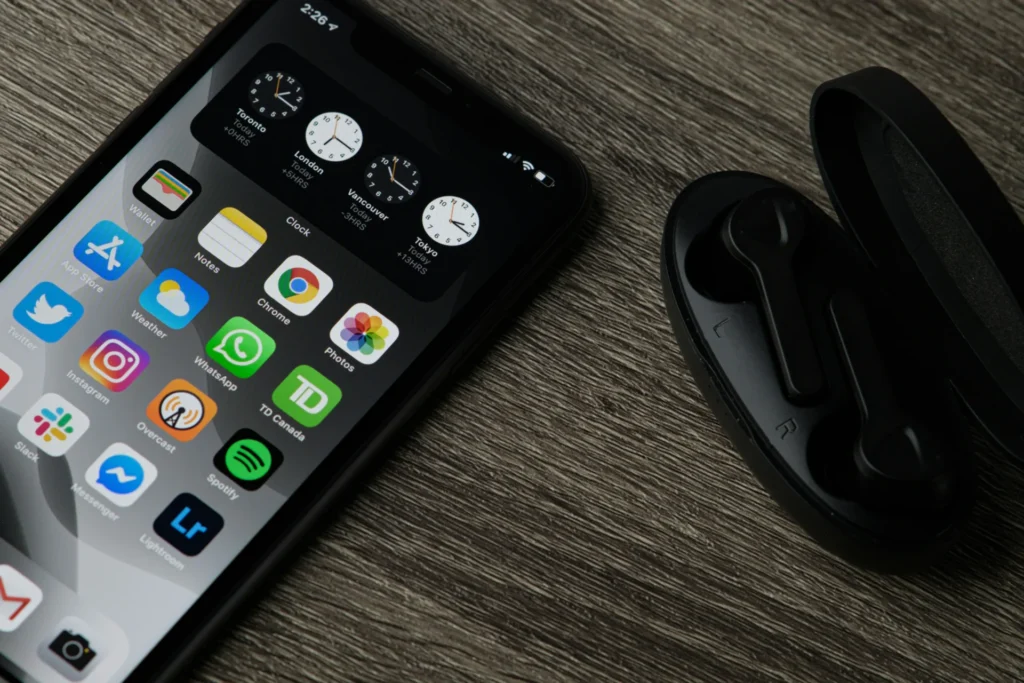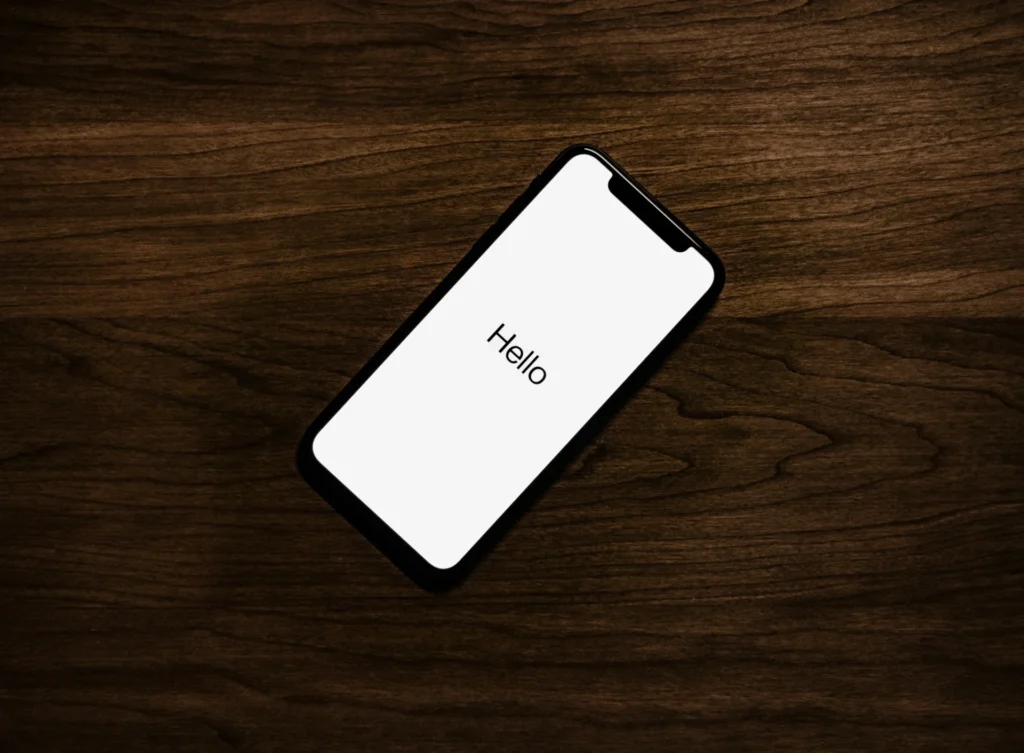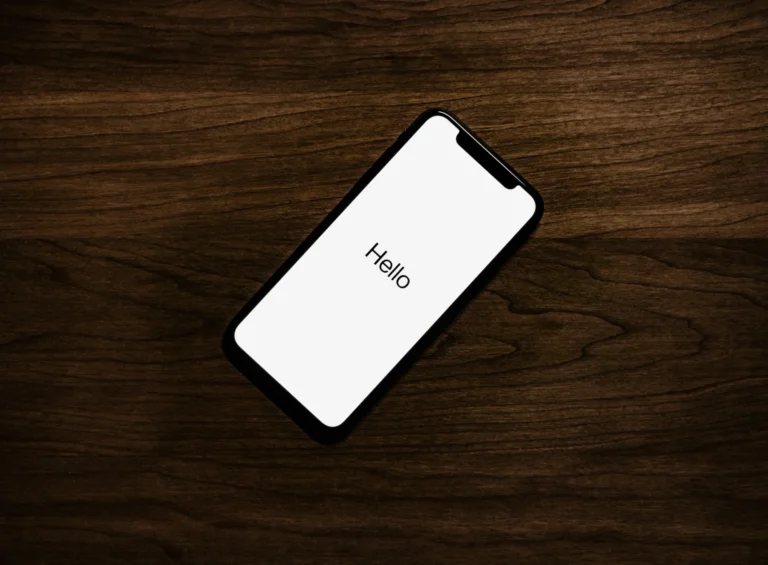Are you constantly running out of storage space on your iPhone? Does your device lag more than usual, making even the simplest tasks feel like a marathon? If so, you’re not alone. Many iPhone users experience this as storage fills up, affecting not only available space but also performance. But worry not; there are straightforward ways to free up memory and get the most out of your device. Below, we’ll delve into effective strategies to help you optimise your iPhone’s memory, covering tips on how to free up iPhone storage, how to get more space on iPhone, and ways to increase iPhone storage for a smoother, faster experience.

1. Identify Storage-Hogging Apps and Files
First and foremost, find out what’s eating up all that storage. Head to Settings > General > iPhone Storage to see a breakdown. You’ll find a graph at the top showing the space occupied by apps, photos, media, and other items. Often, apps you use frequently, like social media and streaming services, are the main culprits. According to recent trends in app usage, many users have at least one app that takes up significant storage, often exceeding 1 GB. As apps become increasingly feature-rich, storage requirements are rising, leading users to manage limited device space more carefully.
Once you’ve identified these apps, you can decide what to do with them. Is there an app you rarely use that occupies a lot of space? If so, consider deleting it or switching to a smaller alternative. Even better, check if the app supports offloading—a feature available from iOS 11 onwards, which we’ll discuss further in a bit.
2. Leverage iCloud for Photos and Videos
Photos and videos are typically the biggest storage culprits. Rather than manually deleting files, try automating the process. Apps like Cleanup App – Phone Cleaner can help by removing duplicate photos and compressing videos, saving up to half the original storage. For instance, a minute of 4K video can take up 375 MB, which is easily reduced with compression.
For a long-term solution, enable iCloud Photos (Settings > Photos > iCloud Photos) to store high-resolution files in the cloud while keeping low-res versions on your device. This frees up significant space without losing easy access to your memories. If you find the 5 GB free limit isn’t enough, iCloud offers paid plans with 50 GB, 200 GB, and 2 TB options to suit different storage needs.
3. Utilise the Offload Unused Apps Feature
This is a lesser-known trick, but it’s incredibly effective for those who want to increase iPhone storage. By enabling Offload Unused Apps, your iPhone will automatically remove apps you don’t use frequently but will retain their documents and data. If you ever need the app again, you can simply re-download it, and all your data will be restored.
To turn this on, go to Settings > App Store and enable Offload Unused Apps. On average, this feature can free up 1-2 GB of space, especially useful if you’ve accumulated apps over the years. Keep in mind that offloading does not delete your data, so you won’t lose anything important.
4. Clear Safari Cache and Old Messages
Your web browser and messaging app can become storage hogs over time, thanks to cached data and attachments. Clearing Safari’s cache is easy and can free up significant memory. Go to Settings > Safari > Clear History and Website Data. This action removes browsing data, cached files, and cookies. However, be aware it’ll log you out of websites, so only do this when needed.
Messages, particularly those loaded with media attachments, also take up storage space. You can set messages to delete automatically after 30 days or a year by going to Settings > Messages > Keep Messages. You can also review and delete attachments manually under Settings > General > iPhone Storage > Messages. According to Apple, regularly clearing your message cache can free up 500 MB or more, depending on your messaging habits.
5. Delete Downloaded Music and Podcasts
If you use Apple Music or other streaming apps, it’s easy to forget how much space downloaded media can occupy. A typical three-minute song can take around 5 MB at standard quality, so it adds up quickly if you’ve downloaded entire playlists. The same goes for podcasts; an hour-long episode can consume 20-50 MB, depending on audio quality.
To manage this, go to Settings > Music > Downloaded Music and delete songs or albums you don’t need offline. For podcasts, open the Podcasts app and review downloaded episodes. If you listen to podcasts regularly, consider changing settings to automatically delete episodes after you finish listening.

6. Manage Large Files and Old Backups
Your iPhone might also hold onto old files you no longer need. One major offender is WhatsApp, especially if you’re part of active group chats with lots of media being shared. Within the app, go to Settings > Storage and Data > Manage Storage. Here, you can view the heaviest files, then delete them as needed.
Additionally, avoid keeping unnecessary backups. Connect your iPhone to iTunes (on a computer) or open iCloud settings on your device. Under Manage Storage, you can find backups from your old devices, which can be deleted if you no longer need them. This can free up several GBs depending on the size of the backup.
7. Regularly Update iOS for Optimal Performance
This might not free up space directly, but it’s crucial for overall performance. Apple’s updates often include performance optimisations and memory management improvements. In some cases, these updates automatically clean up certain types of cached data. To update your iPhone, go to Settings > General > Software Update and install any pending updates. Staying current not only maximises security but also keeps your device running efficiently.
Final Thoughts
If you follow these tips, you’ll be well on your way to freeing up valuable space on your iPhone. Many of these tasks take only a few minutes but can make a significant difference in performance. Imagine how much more smoothly your device will run when you clear out several GB of space. The next time you’re wondering how to get more space on an iPhone or how to free up iPhone storage, just remember that a little maintenance can go a long way.









